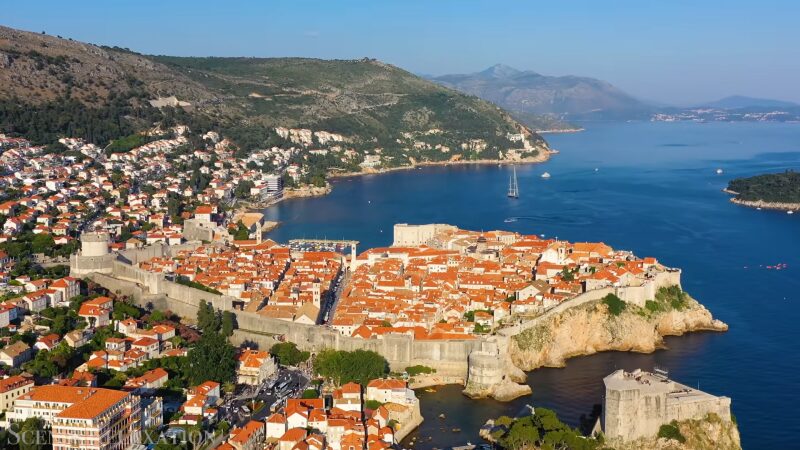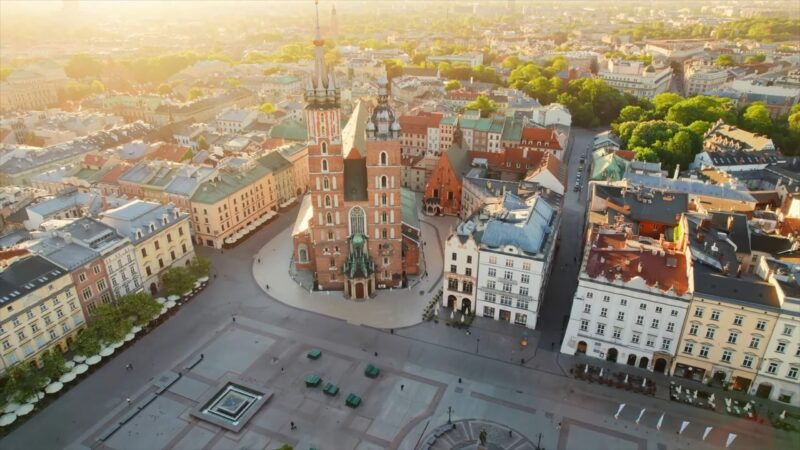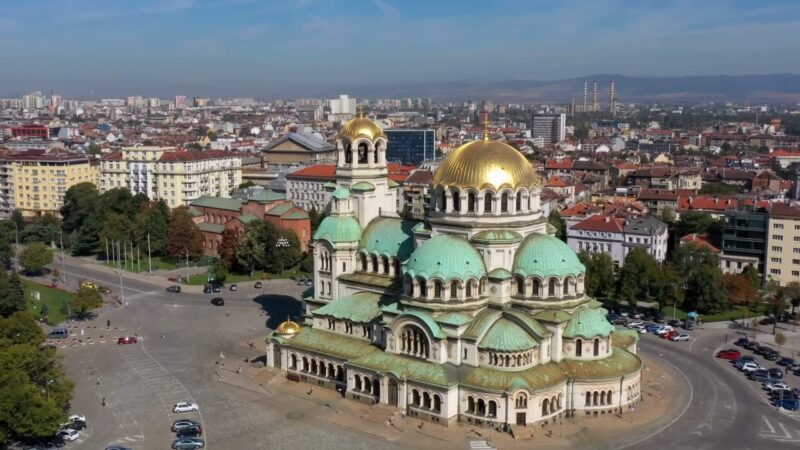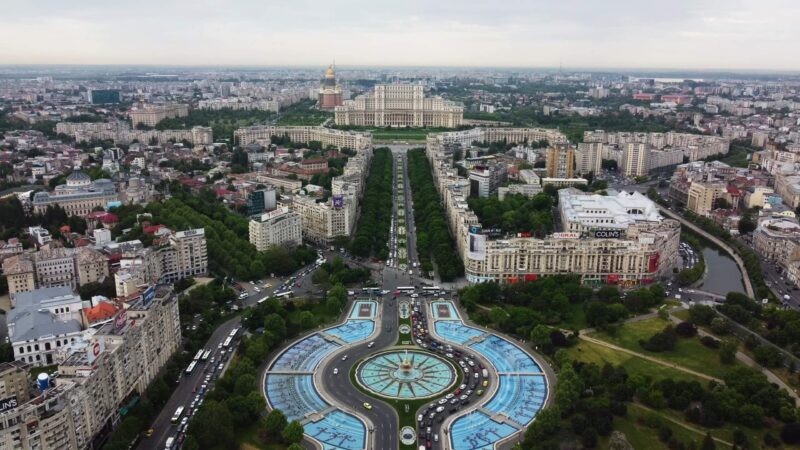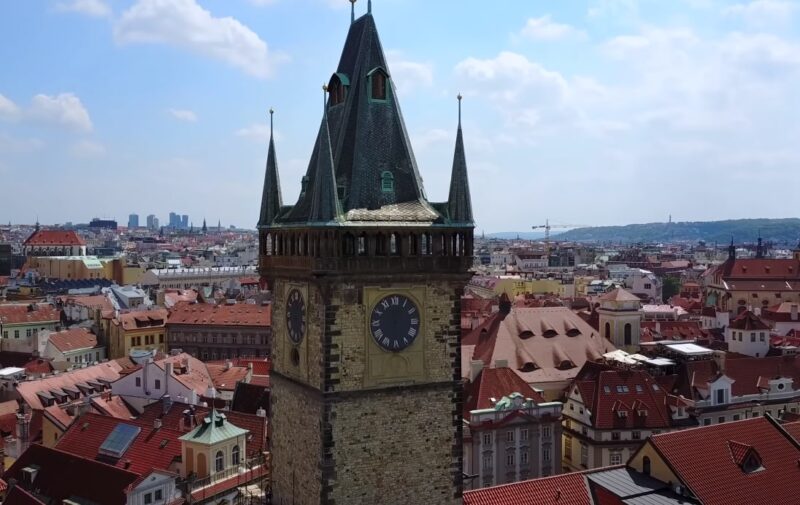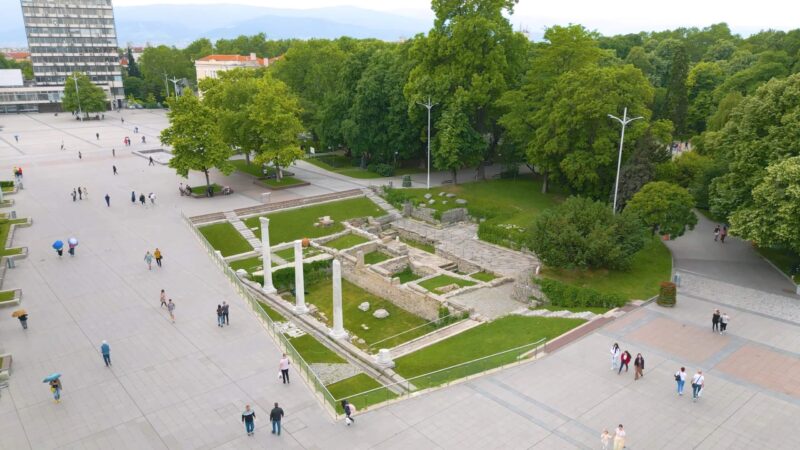Do you have travel fantasies to Europe but are concerned about your budget?
Don’t worry! I got you covered!
Exploring Europe, with its rich history and diverse cultures, always seemed like a distant dream to me, primarily due to the costs associated with such an adventure. However, I discovered that with a bit of strategy and insider knowledge, it’s possible to travel to this beautiful continent without emptying your bank account.
Many times, Americans are clueless about how to budget for a trip to Europe. It is usually preferable to consult someone who can help you, like GuidetoEurope. It will assist you in planning a trip to Europe according to your budget and will help you figure out where to go and what to do.
However, if you want to have everything in one place, I am sharing here a detailed guide on how to travel to Europe on a budget and tips based on my personal knowledge and experience.
Key takeaways
- Planning and budgeting in advance are crucial for a cost-effective European adventure.
- Focus on major expenses like flights and accommodations.
- Saving on food costs is achievable through shopping at local markets, enjoying street food, and opting for set menus or brunch deals.
Start with smart pre-planning
There are many ways to make your visit to Europe cheaper, but the most important thing is to decide which places you want to visit and then determine your budget.
1. Identify your travel budget

Before I could turn my European dream into reality, I had to face the facts: my budget wasn’t on point, so I needed to set a realistic travel budget. In this case, it’s more important to know when to tighten your purse strings and when you can afford to spend rather than trying to stretch every dollar (or euro, in Europe). Here’s how I did it:
-
Start with the big expenses:
Flights and accommodations eat up most of your budget. Keep an eye out for flight deals (I swear by flight comparison tools like Skyscanner and Google Flights) and consider flying into less popular airports. Don’t forget to search the tickets in private browser mode and to check up on flights from low-cost companies. For accommodations, remember that timing is everything. Booking in advance or last minute isn’t smart.
-
Daily expense breakdown
After covering the big ones, estimate your daily expenses. Think food, local transportation, and entrance fees for attractions. Websites like Numbeo can give you a rough idea of living costs in different cities. For me, setting aside €50-€70 a day in Eastern Europe and about €100 in Western Europe was enough.
-
Track your spending
Keep track of your expenses because It’s easy to get carried away. You should write down every transaction, ensuring you don’t blow through your budget in the first week.
-
Savings plan
With my budget laid out, I knew exactly how much I needed to save. Cutting on non-essentials (yes, that meant fewer takeouts and coffee runs) and setting up a dedicated travel savings account was super helpful.
-
Factor in the extras
Always include a buffer for those unexpected finds (like that must-have souvenir or the spontaneous wine-tasting tour). I added an extra 10% to my overall budget for these surprises.
If you wish to go to Europe, you should be well prepared a few months before.
2. Consider visiting Eastern Europe
One of the smartest moves I made was visiting Eastern Europe. It stretched my budget, but it also revealed a rich mosaic of history, culture, and beauty that is sometimes overlooked by its Western counterparts. For those who are thinking about traveling to Eastern Europe next, here are some suggestions:
-
Research the cost of living
Countries like Serbia, Bulgaria, Romania, and Poland have significantly lower costs of living compared to Western Europe. In cities like Belgrade, Sofia, Bucharest, or Krakow, you can enjoy a full meal for somewhere around $10, and find accommodations for as little as $20 a night.
-
Opt for public transportation
Eastern European countries offer incredibly affordable public transportation options. From extensive train networks to local buses, getting around is both easy and economical. Don’t overlook regional airlines for longer distances; they often run promotions that are too good to pass up.
-
Seek out free attractions
Many Eastern European cities are rich in history and offer numerous free attractions. From the historic streets of Prague to the ancient ruins in Plovdiv, Bulgaria, there’s no shortage of free sights to explore. Also, check for museum free-entry days or city walking tours on a tip-only basis.
-
Local festivals and markets

Eastern Europe is known for its vibrant festivals, which are often free to attend. Markets, on the other hand, are not just places to find fresh, affordable food. They’re also perfect for getting into the local atmosphere and culture.
-
Accommodation choices
Beyond hostels and budget hotels, consider apartments or guesthouses run by locals. Websites like Booking and Airbnb or local equivalents offer great deals, especially if you’re staying longer in one place. Plus, your hosts can be invaluable sources of information on cheap eats and free attractions.
3. Save money on food
Food can be a significant expense on the road, but with a few tricks, I managed to savor the flavors of Europe without emptying my wallet.
First, I adopted the local habit of shopping at markets and preparing my meals. Not only is this cheaper, but it also adds an authentic touch to your travel experience. In Italy, for example, a visit to a local market for fresh pasta, tomatoes, and a bottle of wine can result in a decent meal at a fraction of the restaurant price.
Also, leverage the local street food scene—gyros in Greece, crepes in France, or currywurst in Germany offer a delicious and affordable way to eat your way through Europe.
Another tip is to fill up on brunch. Many European cities have a brunch culture, offering substantial meals that can keep you going for most of the day.
Lastly, look out for ‘menu del dia‘ or ‘plat du jour‘—set menus offered by restaurants at lunch, usually at a lower price than ordering a la carte.
4. Explore local public transportation
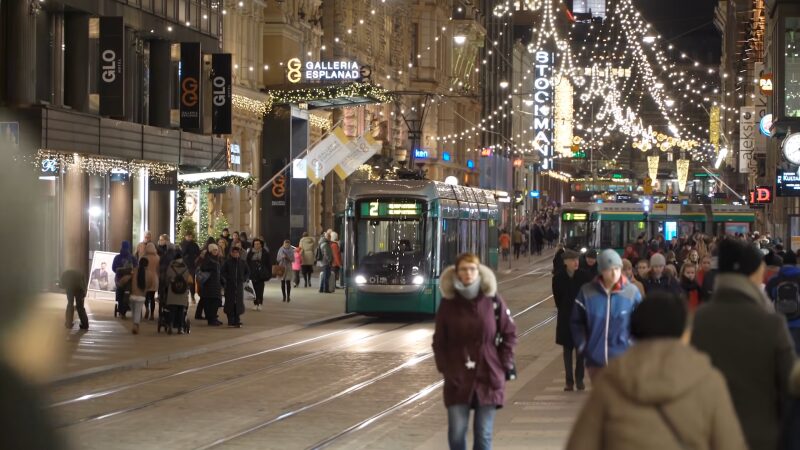
Europe’s extensive network of trains, buses, and metros often offers charming routes not seen by car or plane. For instance, regional trains can be a cost-effective way to traverse the countryside, offering panoramic views you’d otherwise miss.
Also, look for saver fares or special regional tickets—many European rail companies offer significant discounts for early bookings or off-peak travel cities, a day or multi-day travel card can be a godsend, allowing unlimited rides on buses, trams, and metros at a fixed price.
Don’t overlook long-distance buses like FlixBus or Eurolines; they’re often the cheapest way to get from A to B, with free Wi-Fi to boot.
Lastly, bike-sharing programs in cities like Amsterdam, Copenhagen, and Berlin offer an inexpensive and fun way to explore. Riding along the canals of Amsterdam or through the historic streets of Berlin not only saves money but provides a unique perspective on these iconic cities.
5. Plan Your Trip In Off-Season
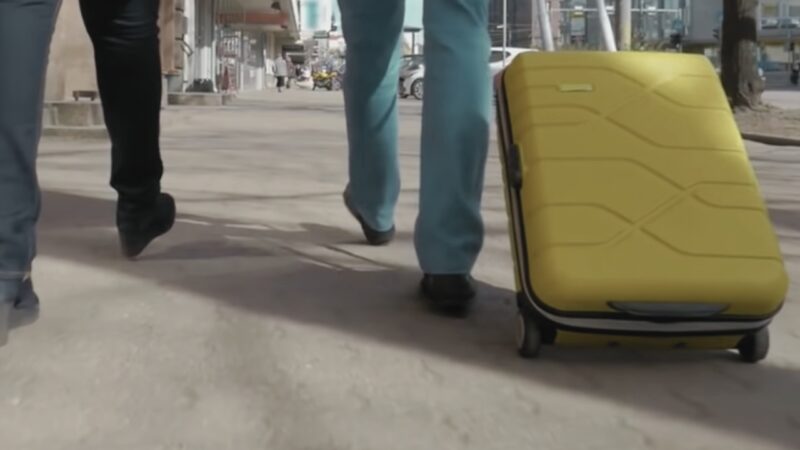
By planning your trip in the off-season, which typically runs from late October to early April, you can save significantly on flights and accommodations. But, you can also enjoy a more authentic experience with fewer crowds. For example, visiting popular destinations like Rome or Paris during these months can result in savings of up to 50% on lodging. Also, many attractions offer reduced admission fees in the off-season.
It’s not all about the savings; the cooler weather makes wandering through historical sites and museums all the more pleasant, minus the sweltering heat of summer.
Remember, Southern Europe offers mild and enjoyable weather even in winter, making it perfect for exploring without the tourist rush. Just pack a versatile wardrobe, as the weather can be unpredictable. Embrace the off-season for its unique charm, quieter streets, and the opportunity to see Europe through a different lens.
How can I ensure my phone works in Europe without incurring huge charges?
Check with your phone provider about international plans or consider purchasing a local SIM card upon arrival for data and calls, which is often the most cost-effective option. Using the data for
Ensure your phone is unlocked to use a foreign SIM card. Wi-Fi is widely available in cafes and public spaces, which can help minimize data usage.
FAQs
Can I use my credit card everywhere in Europe?
Credit cards are widely accepted in most European cities, especially Visa and Mastercard, but it’s wise to carry some cash for smaller establishments, local markets, or in rural areas where card machines might not be available. Always inform your bank of your travel plans to avoid any transaction issues.
Is it safe to travel alone in Eastern Europe?
Yes, it is generally safe, but like anywhere in the world, it’s important to stay aware of your surroundings, especially at night. Do some research on the areas you plan to visit, keep valuables secure, and familiarize yourself with local emergency numbers.
What’s the best way to overcome the language barrier?
Learning a few basic phrases in the local language can go a long way. Also, language translation apps can be incredibly helpful. Many Europeans speak English, especially in larger cities and tourist areas, so communication is often easier than expected.
Are there any unexpected costs I should budget for?
Yes, consider budgeting for city tourist taxes that some places levy on accommodation, which isn’t always included in the price. Also, some countries have toll roads, and if you’re renting a car, this could be an additional expense. Lastly, tipping practices vary by country, so it’s good to do a bit of research beforehand.
Hello, my name is Harper Barton. The only thing I love more than travelling is writing about it. Sounds strange doesn’t it? But yeah, I adore writing and sharing my experiences about what I have experienced during my travels. Since I am a person who loves being a part of the community, I often write about local festivals with the goal of popularizing outside just small communities they come from.

